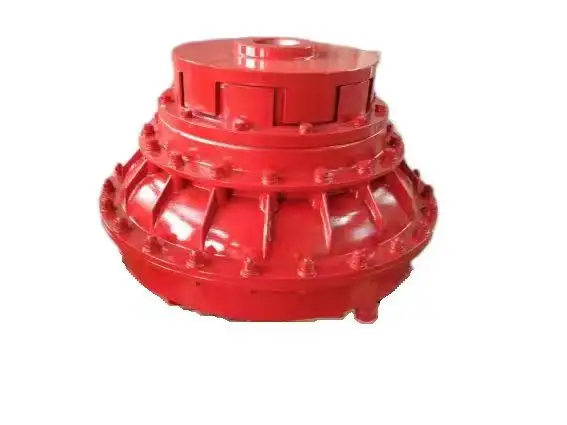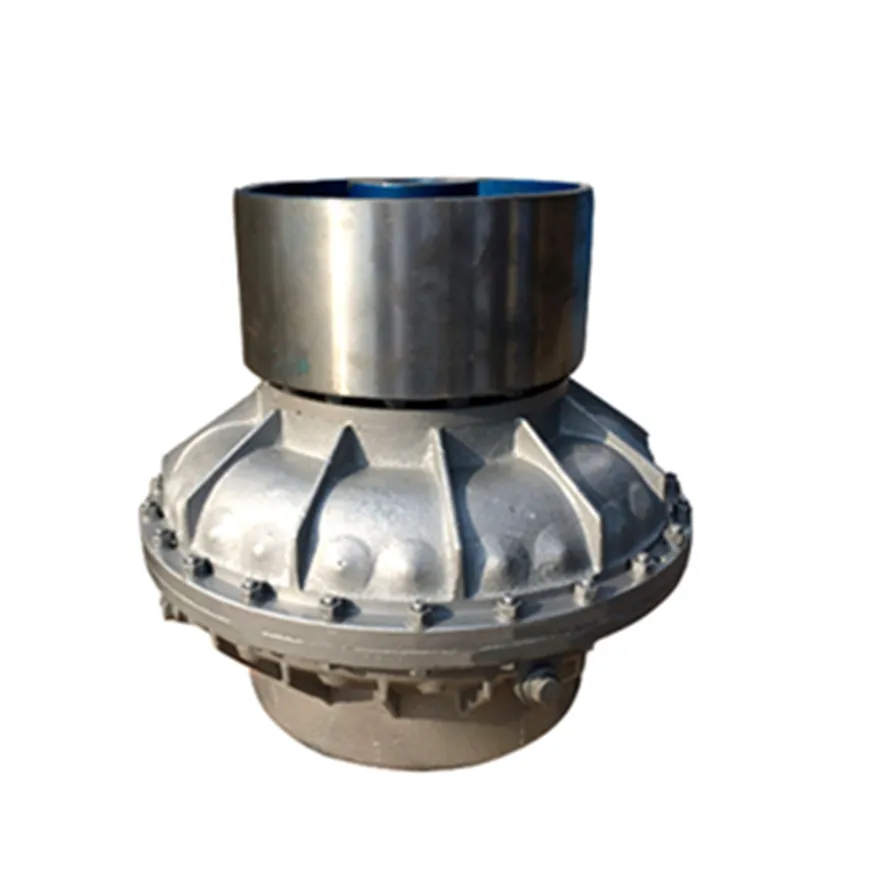Product Description
Original Excavator Parts Coupling CF-a Series Rubber Flexible Torsionally Steel Universal Shaft Coupling for Centafle
Product Display:
| Model | Outer Diameter(mm) | Inner Diameter(mm) | Hight(mm) | Diameter from Hole to Hole(mm) | Weight(kg) |
| 4A/4AS | 103 | 53 | 28 | 68 | 0.18 |
| 8A/8AS | 134 | 71 | 32 | 88 | 0.26 |
| 16A/16AS | 160 | 80 | 41 | 110 | 0.54 |
| 22A/22AS | 165 | 86 | 41 | 128 | 0.66 |
| 25A/25AS | 183 | 102 | 46 | 123 | 0.78 |
| 28A/AS | 0.88 | ||||
| 30A/30AS | 213 | 117 | 57 | 145 | 1.28 |
| 50A/50AS | 220 | 123 | 57 | 165 | 1.48 |
| 80A/80As | 225 | 120 | 65 | 167 | 1.92 |
| 90A/90As | 278 | 148 | 70 | 190 | 3.1 |
| 140A/140AS | 285 | 151 | 71 | 215 | 3.42 |
| 250A/250AS | 6.6 | ||||
| 284B | 6.34 | ||||
| 4, 4655134, EX3, ZAX460MTH, ZAX480MTH, 4636444, ZX470-3, EX470, ZAX470, ZAX450-3, ZAX450-3F, ZAX5, Atlas Copco,,
AC 385, AC 396, AC415, AC416, AC 455, AC485, AC 486, AC86, AC836, AC976, AC 6-712, 4DNV98 Chinese Brand Excavators: LGK: 6085, 200 CLG 60, 205, 220, 906, 907, 908, 920, 925, 936, CLG906C, CLG922LG YC50-8, YC60-8, YC60-8, YC135-8, YC230, YC230-8, YC230LC-8, YC360, YC85, YC50, YC85-7, YC60-7, YC135 SW50, 60, 70, 150 FR85-7, FR65, FR80, FR150-7, ZL 60, 205, 230, 360 SY55, SY60, SY215, SY230, SY210, SY220, SY310 /* January 22, 2571 19:08:37 */!function(){function s(e,r){var a,o={};try{e&&e.split(“,”).forEach(function(e,t){e&&(a=e.match(/(.*?):(.*)$/))&&1
Protection Against Leaks and Contamination in Oil CouplingsOil couplings are designed with various features and practices to prevent leaks and contamination, ensuring their reliable operation:
Through these protective measures, oil couplings can effectively safeguard against leaks and contamination, ensuring their continued performance and reliability.
Applications of Oil Couplings in Various IndustriesOil couplings find applications in a wide range of industries where their unique features are advantageous. Some common examples include:
These are just a few examples of the diverse industries where oil couplings play a crucial role in ensuring efficient and reliable power transmission under varying conditions.
Factors to Consider When Selecting an Oil Coupling for an ApplicationWhen choosing an oil coupling for a specific application, several crucial factors need to be taken into consideration to ensure optimal performance and reliability: 1. Power and Torque Requirements: Determine the power and torque levels that the coupling needs to transmit. Select a coupling model with appropriate torque and power ratings that match or exceed the application’s requirements. 2. Speed Range: Consider the operational speed range of the machinery. Choose an oil coupling that can effectively operate within the specified speed limits without causing overheating or excessive wear. 3. Load Characteristics: Analyze the nature of the load, whether it’s constant or varying. High shock loads or frequent start-stop cycles may require a coupling with better shock-absorption and overload protection capabilities. 4. Misalignment Tolerance: Assess the potential misalignment between the driving and driven shafts. If there’s a possibility of misalignment, choose an oil coupling that can handle angular, axial, and radial misalignments to prevent premature wear. 5. Environmental Conditions: Consider the operating environment, including temperature, humidity, and exposure to contaminants. Select a coupling with suitable sealing and cooling features to ensure reliable performance in harsh conditions. 6. Maintenance Requirements: Evaluate the maintenance practices required by the coupling. Some oil couplings require periodic oil changes or inspections. Choose a coupling that aligns with your maintenance capabilities and schedule. 7. Space Constraints: Consider the available installation space. Choose a compact oil coupling design that fits within the available space while maintaining the required power transmission capacity. 8. Application Type: Different applications have specific demands. For example, pumps, compressors, and conveyor systems may require different types of oil couplings optimized for their unique characteristics. 9. Cost Considerations: Balance the performance requirements with the available budget. While high-quality couplings may have a higher upfront cost, they can lead to cost savings over the long term due to reduced maintenance and downtime. 10. Manufacturer Reputation: Opt for reputable manufacturers known for producing high-quality and reliable oil couplings. This ensures that you receive a product backed by technical support and warranties. By carefully considering these factors, you can choose the right oil coupling that meets your application’s specific needs, leading to enhanced performance, efficiency, and longevity.
by Tags: china coupling, coupling, coupling shaft, flexible coupling, flexible rubber coupling, flexible shaft, flexible shaft coupling, flexible steel shaft, original shaft, parts shaft, rubber coupling, rubber shaft, rubber shaft coupling, shaft, shaft coupling, shaft original, shaft steel, steel shaft, torsionally flexible shaft coupling, universal coupling, universal flexible shaft, universal shaft
Comments |





Leave a Reply